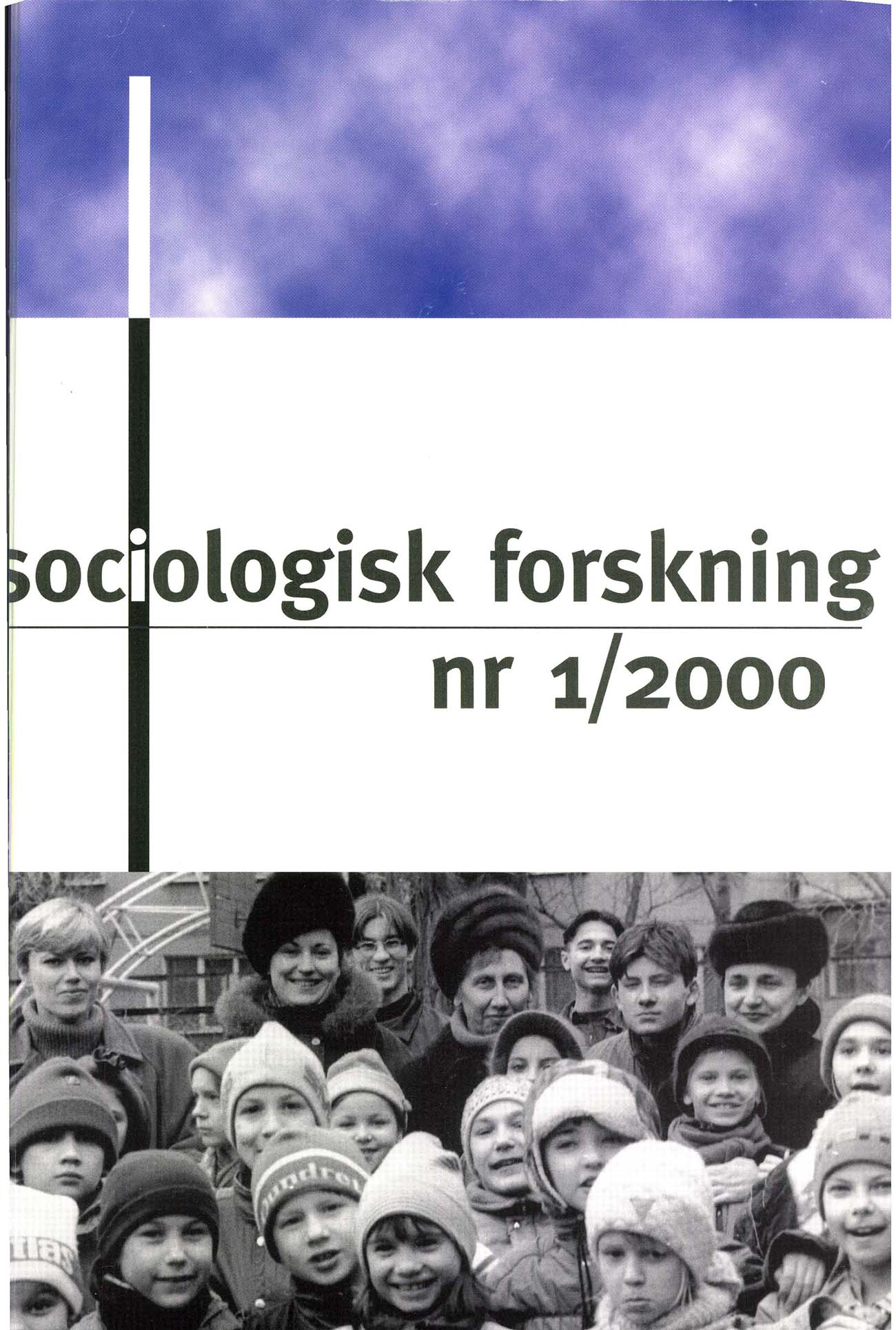Fattigdom i Ryssland: kontinuitet og endring
DOI:
https://doi.org/10.37062/sf.37.19468Keywords:
Russia, poverty, economic reform, living conditionsAbstract
Poverty in Russia: Continuity and Change
This article examines the relationship between economic reforms in Russia and the observed levels of poverty in the population. A review of poverty levels in the USSR reveals that the USSR had a significant poverty problem. Further, the article reviews the changes in poverty assessment methods during reform, and its consequences for estimates of poverty levels, which currently vary between 10 and 50 percent of the population. Russian poverty is seen as different from usual Western patterns, as neither employment nor education is sufficient to protect from poverty. Survey data reveal that whereas the numberof destitute may be relatively limited, more than half of all households have difficulties covering needs of a higher order. In a separate section, the disappearance of non-market personal networks as a source of consumer goods as a consequence of reform is discussed. Thereafter, the impact on poverty levels of the financial crisis in August 1998 is discussed. Social polices are seen as relatively inefficient due to their scope, which goes beyond poverty relief, but aims to shelter the population from adverse effects of the reform policies.
Downloads
Published
How to Cite
Issue
Section
License
All content in Sociologisk Forskning is published with immediate open access, under the Creative Commons license CC BY-NC-ND 4.0.
All content may be read, downloaded, shared and printed for non-commercial purposes, free and without fees. Contents may not be altered. When content is reused, author, source and a link to the copyright licence must be provided. The author retains copyright to their content. No publication fees are charged.





